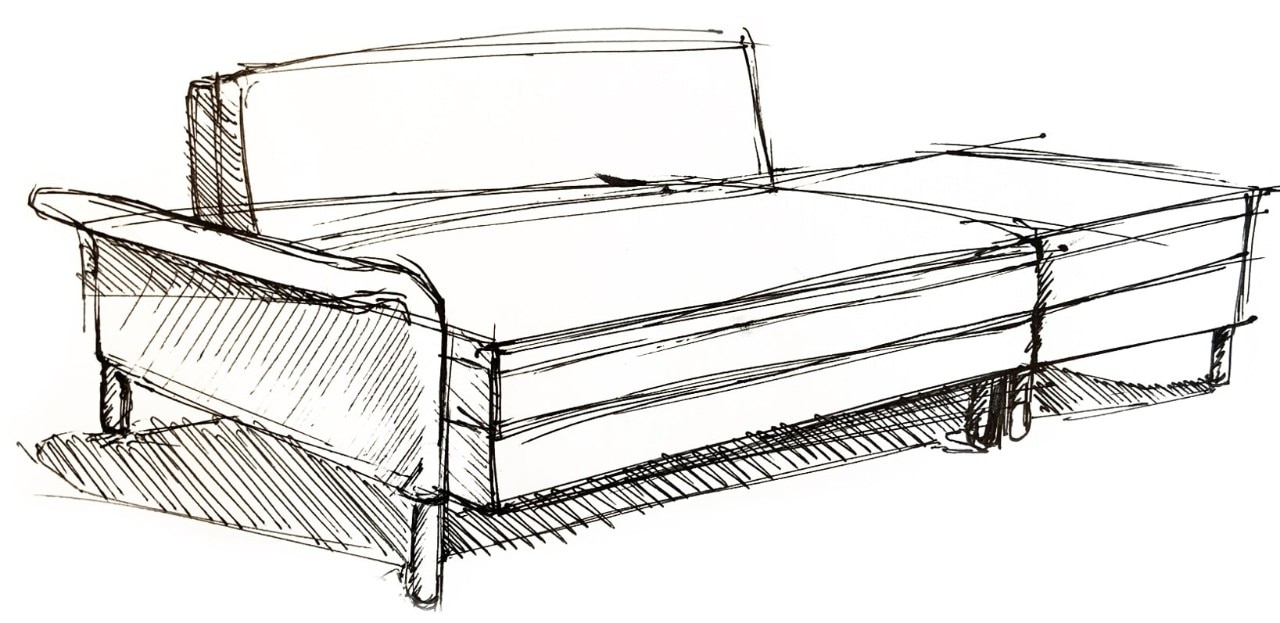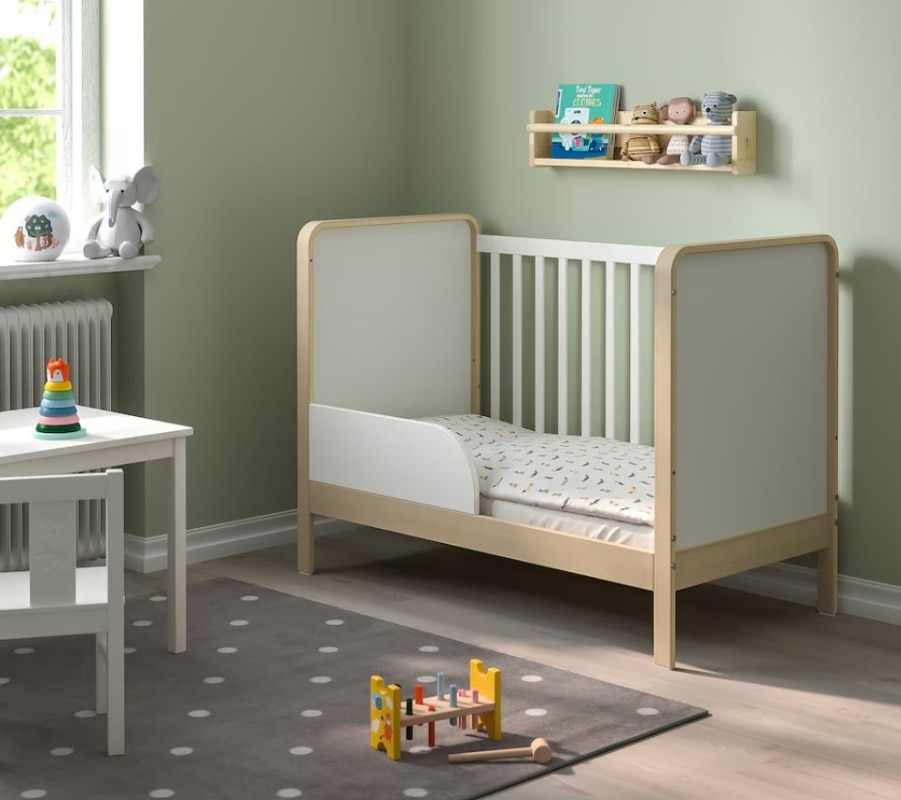The Lindåkra is a minimalist sofa, with armrests on only one side, in a striking orange that commands attention – though it’s also available in a more subdued gray. Compact, seating two, it’s long enough for a kid to stretch out on but not an adult. Its real genius, however, lies in a detachable piece: a floating, D-shaped island that can extend the sofa into a single bed. This piece also doubles as a footrest, a side table for a book or remote, or additional seating. As with many Ikea sofas, the seat lifts up to reveal storage space for sheets, pillows, or other essentials.
Juan Cardenal Baste, product design developer at Ikea, recalls how inspiration struck. “I like looking at people,” he tells Domus: he was at a friend’s place, and they had this small sofa. His friend’s sister had slept on it for a few nights.

He asked her, “How did you manage?” She explained that she had stretched it out using a chair to rest her feet. It wasn’t ideal, but it worked for a few nights. But, as Juan says, “An idea is just an idea until you try it.” He adds, “We had so many ideas we had to kill after seeing people’s reactions.” The rounded, soft, adaptable D-shape might not be the cheapest option, but it’s the result of months of testing, trial and error, and fine-tuning.
How an Ikea sofa bed is born
“We created a small living room here to try out different solutions,” says Juan Cardenal Baste. “Here” is Älmhult, the place that’s “in the middle of everything” (though at first glance, it seems to be in the middle of nowhere, on the plains of southern Sweden). Älmhult is Ikea’s birthplace and home to the Ikea Museum, a hotel that once served as a 1960s motel with a heated pool, and the vast studios where Ikea’s communication campaigns are conceived – think the iconic Ikea catalog.
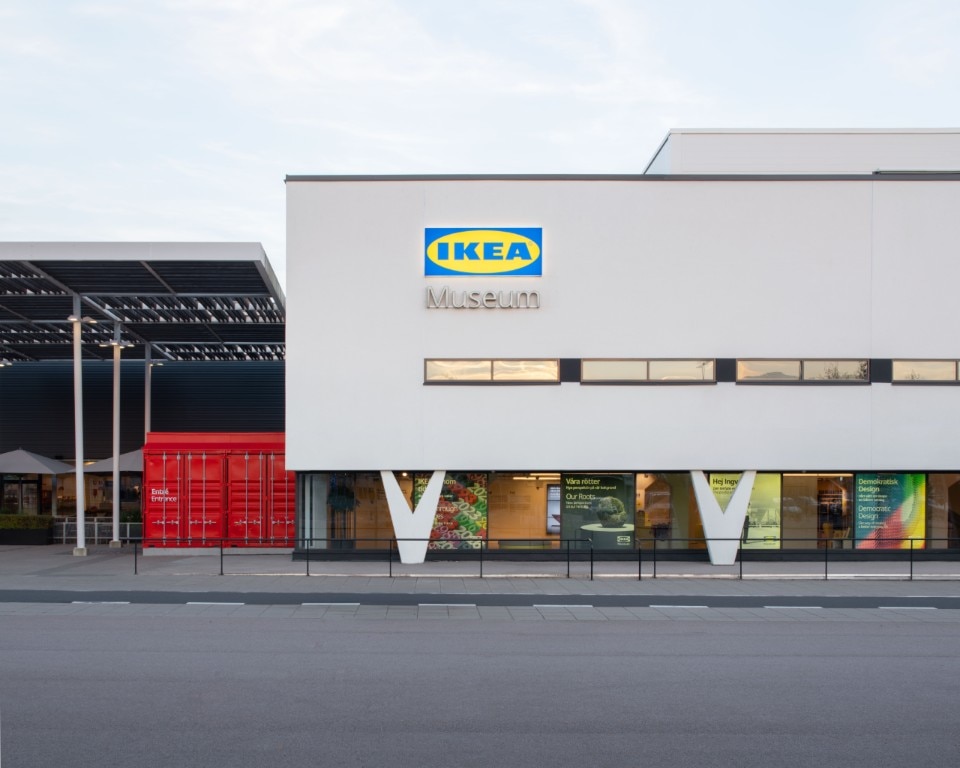
More specifically, “here” refers to the headquarters of Ikea of Sweden, where most of the Ikea products we know are conceived, developed and designed. (There is a smaller office in Shanghai, where Ikea is regarded as a luxury brand – but that’s another story.) “Our product range is our identity,” explains Ikea of Sweden, in the slightly Swedish-accented English you’ll hear around the offices.
Our customers’ interest in sleep has been growing for years. For example, bedroom furniture has become our biggest online business.
Tolga Öncü, COO and head of Ikea Retail
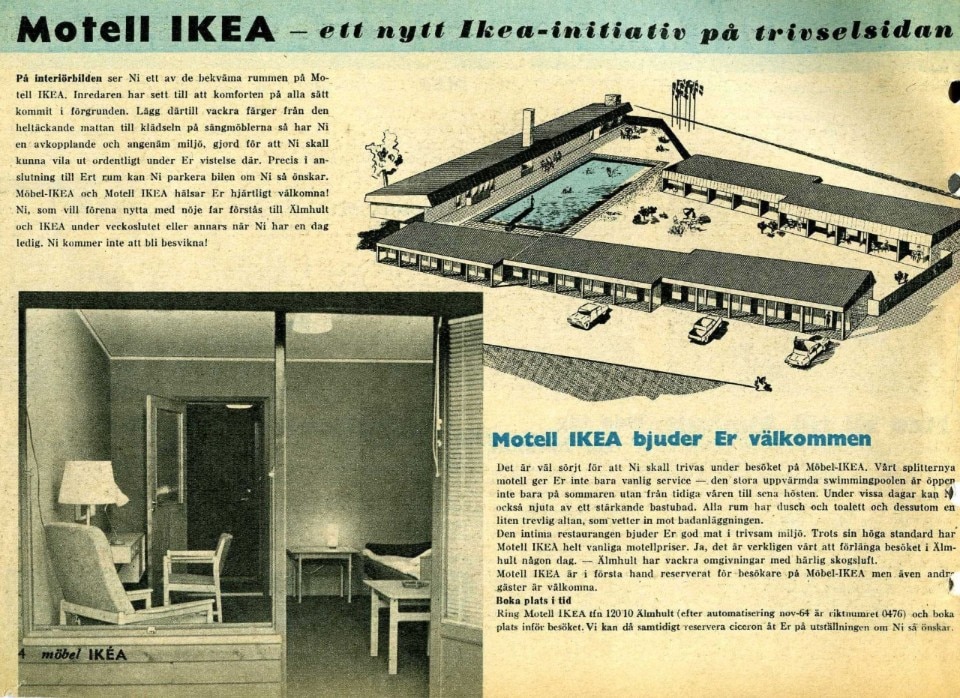
It took about three years for Lindåkra to evolve from idea to reality, and many aspects of recent history shaped the project. The post-Covid shift in how we live, the way we experience home, the rising cost of city apartments, and the ever-shrinking spaces people inhabit have all increased the demand for versatile, space-efficient products.
This “living room lab” reflects many real homes around the world and mirrors Ikea’s ongoing dialogue with the present. At the heart of Älmhult’s design ethos – and Ikea’s famous “democratic design” – is a rigorous process of visiting people’s homes, often in the most extreme (or innovative? If there’s even a difference anymore) living conditions, to understand their needs and shape the product range accordingly.
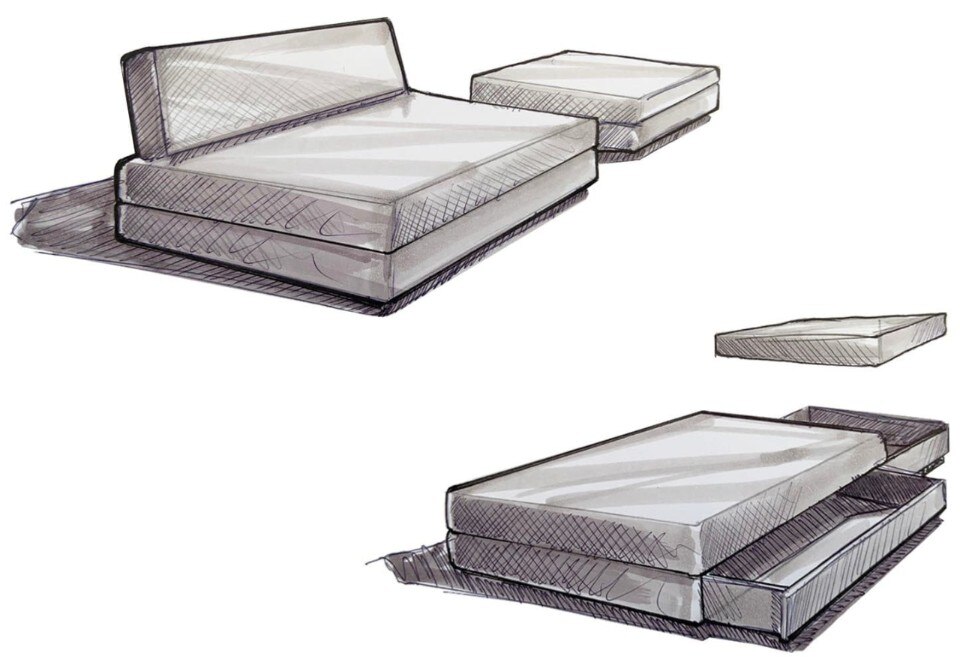
Ikea and sleep
“We know many people struggle with the challenges of living in small, shared spaces, where cramped and cluttered settings make it difficult to create an ideal sleep environment,” says Fredrika Inger, Managing Director of Ikea of Sweden. The Lindåkra sofa bed not only reflects the times we live in but is also one of the key products in Ikea’s recent push to improve sleep – part of a broader mission to make high-quality rest accessible at an affordable price. This focus is evident across a range of offerings, from smart lighting and innovative mattress technology to bedding, air-quality solutions, and noise-reduction techniques. Ikea is increasingly pursuing a holistic vision of the home, integrating technological advancements as it goes.
But the shift isn’t just technical – it’s cultural. “I’ve never met anyone I respect who sleeps good” says a character in Succession, one of the best-written TV series of recent years, capturing today’s hyper-capitalist attitude towards sleep. “You snooze, you lose,” right? Sleep feels like a waste of time today. As Ikea puts it, “We are addicted to being awake. But how can you dream if you can’t sleep?” And they also point out, “Mankind is the only species that denies itself sleep.”
Ikea’s mission to reclaim the value of sleep culminates in its embrace of JOMO – the “joy of missing out” – a counter to FOMO, celebrating the beauty of disconnecting and “missing out” on things. Beyond the feel-good marketing of their new campaign, “Wake up! It’s time to sleep,” there is data to back this approach. “Our customers’ interest in sleep has been growing for years. For example, bedroom furniture has become our biggest online business,” says Tolga Öncü, COO and head of Ikea Retail. And what better time to refresh the narrative around sleep than in autumn, when days grow shorter (in Sweden, it gets dark early), the air gets cooler, and people naturally begin spending more time indoors, hosting friends and family?
The Älskvärd crib and “democratic design”
Focusing on sleep offers a window into Ikea’s broader design philosophy. Take the Älskvärd crib, for example. Sarah Fager, one of the 20 designers on Ikea of Sweden’s team (with three more in Shanghai), explains that they often work on 10 to 15 projects simultaneously in a fluid process. “We don’t count hours,” she says, describing how they move from initial ideas to sketches and then to renderings, which bring the products to life.
We know many people struggle with the challenges of living in small, shared spaces, where cramped and cluttered settings make it difficult to create an ideal sleep environment.
Fredrika Inger, Managing Director at Ikea of Sweden
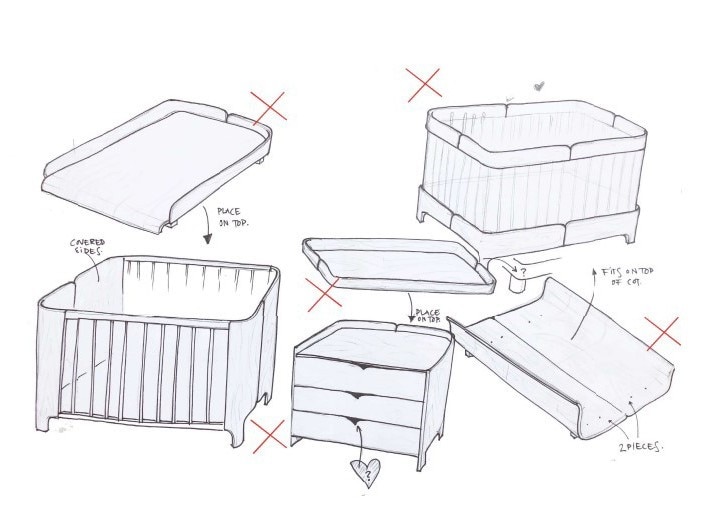
The crib’s design, which she developed herself (“I have three children,” she notes), began with five concepts. The brief took into account a range of considerations, including the fact that diaper-changing habits differ between the U.S. and Europe. “We need to understand how people live,” she explains, “even if we’re out here in the forests of Sweden.” And it’s from these forests that Ikea has managed to conquer the world. Normally, a project takes two to three years, but the Älskvärd crib “began before Covid-19.”
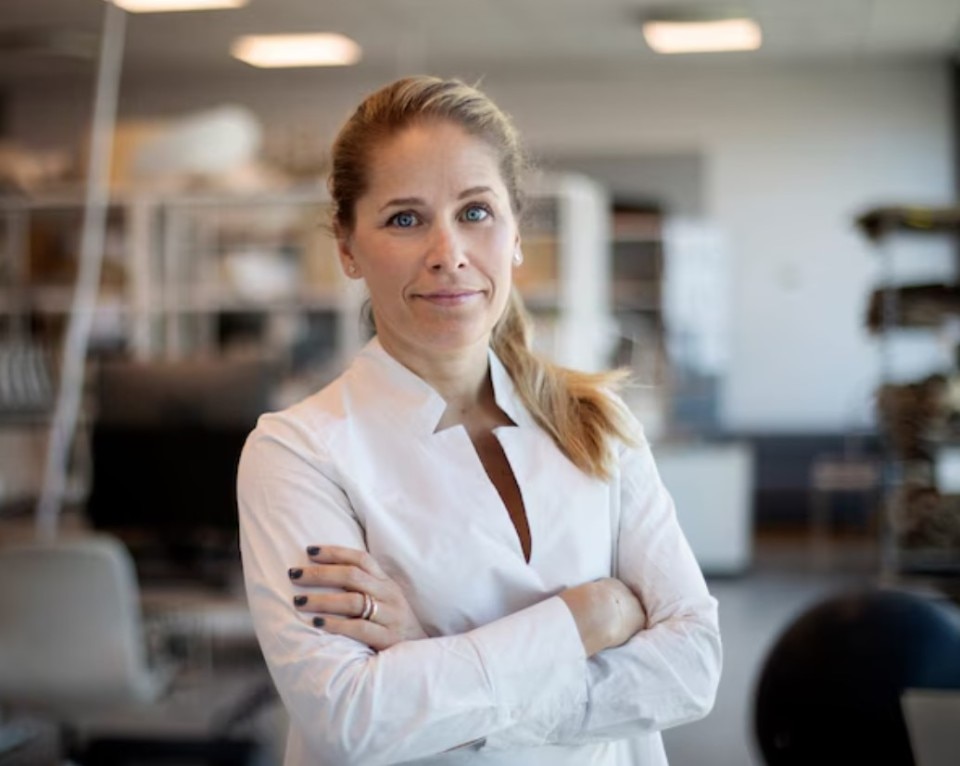
Both the Älskvärd crib and the Lindåkra sofa bed embody Ikea’s “democratic design” philosophy – the core principle driving design at Älmhult. As you’d expect from a company whose flat-pack assembly and affordability are central to its identity, Ikea’s “democratic design” concept is based on five key components: form, function, sustainability (a major concern here in Scandinavia), quality, and – crucially – price.
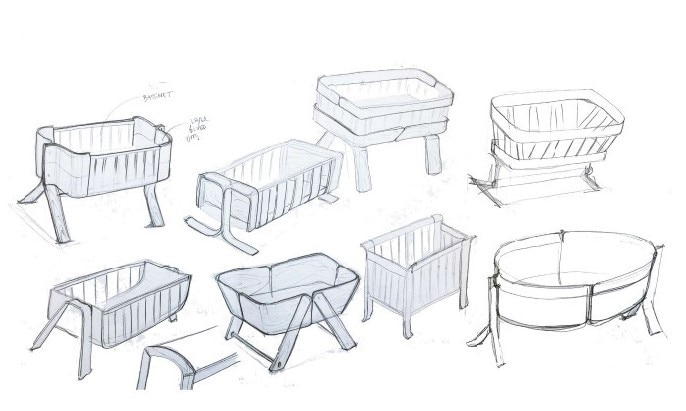
The story told at the Ikea Museum is one of furniture that, thanks to its quality, low cost, and modern style, has found its way into homes decade after decade. From its inception in the 1950s to the opening of its first store outside Scandinavia (in Switzerland in the 1970s), Ikea has grown into the global giant we know today. Their story is our story – the story of the modern Western home, told through idealized spaces where design has always been in dialogue with real people, their needs, and their dreams. But, as Ikea reminds us, if you want to dream, first you have to sleep.

The Trafic parquet collection: a new language for spaces
Designers Marc and Paola Sadler draw on now-extinct urban scenarios to create an original and versatile product for Listone Giordano.

